Binary star system with potential to cause Kilonova explosion discovered, reveals study
A recent study has revealed a binary star system which could result in the formation of Neutron stars, and ultimately a Kilonova.
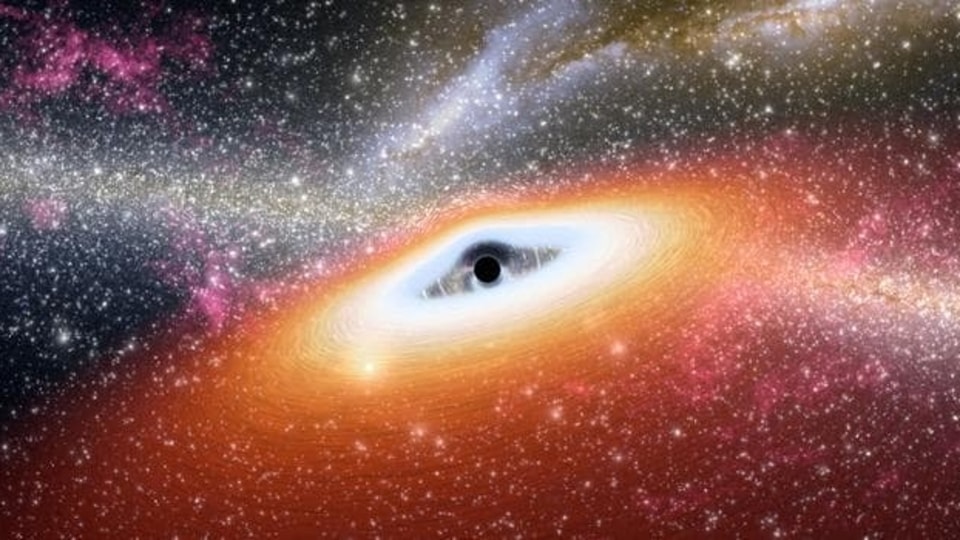
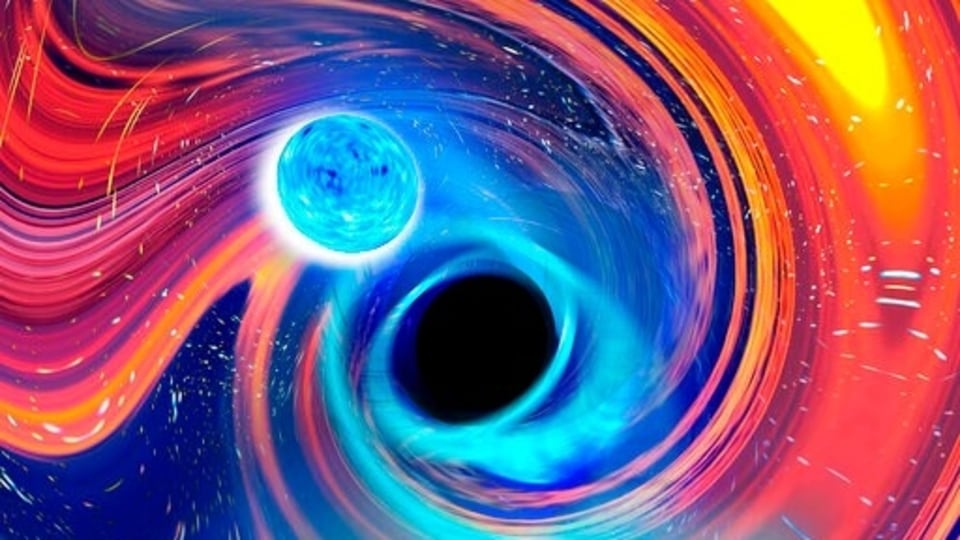

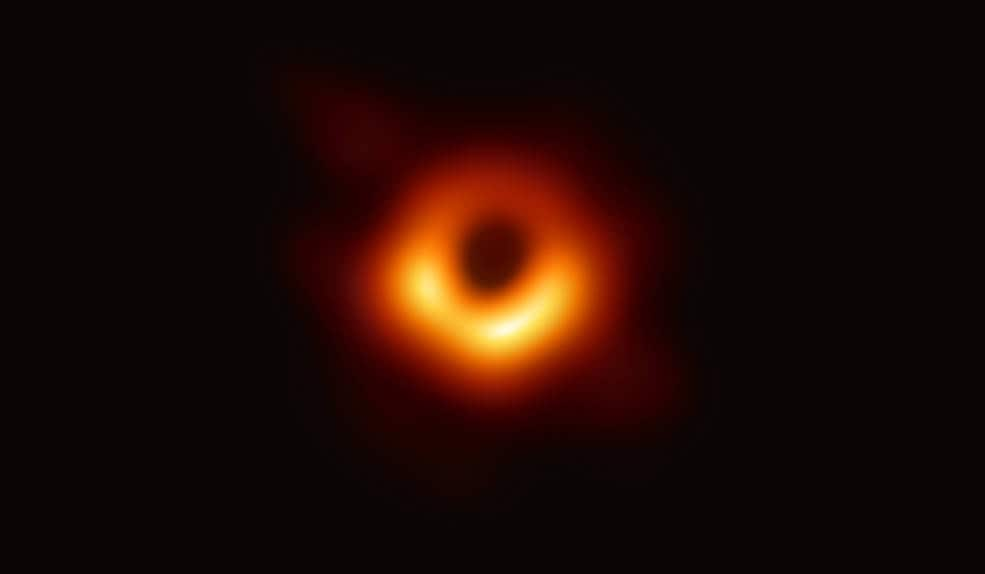
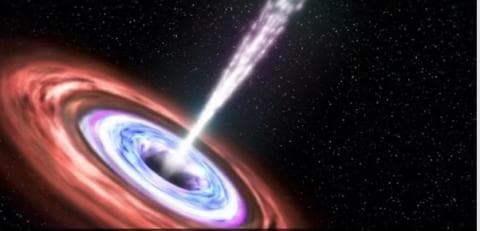
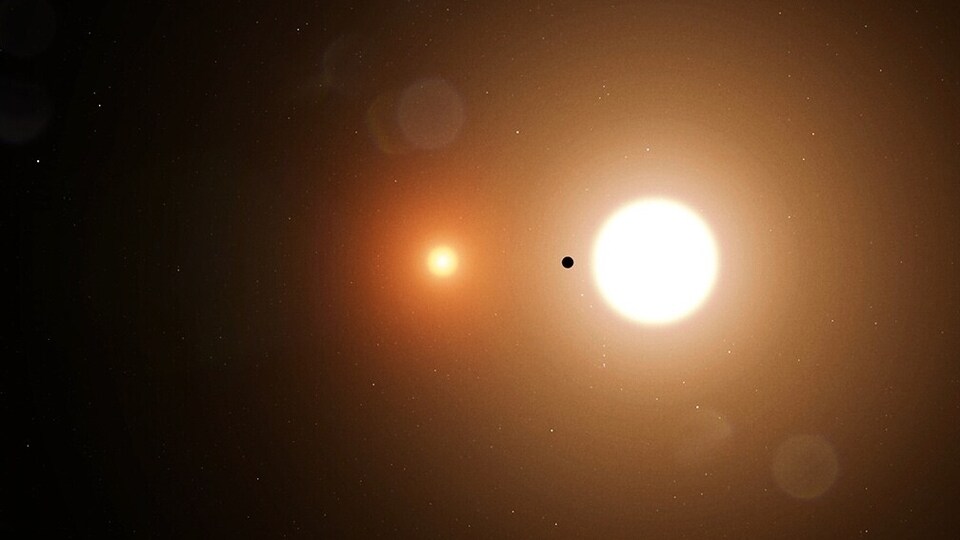
 View all Images
View all ImagesIn an astonishing development, astronomers have identified an extremely rare binary star system which has all the right conditions to trigger a Kilonova explosion one day. Stars are celestial objects millions of years old floating in space. The age, distribution, and composition of the stars in a galaxy trace the history, dynamics, and evolution of that galaxy. When stars die, most of them do so in a spectacular fashion as the explosion which proceeds it is a sight to see. However, some of them can also go out without causing any fireworks.
Astronomers have recently identified the remnant of one such neutron star called SGR 0755-2933 which went out without causing any substantial explosions. According to the research, the star is located about 11,400 light-years from Earth in the constellation of Puppis. Astronomers have revealed that the star died quietly due to it transferring high amounts of mass to its companion star, thus, leaving behind a remnant known as a Neutron Star.
According to the research, this neutron star could one day collide with its binary companion star to cause a Kilonova, a powerful event which occurs when 2 neutron stars merge. André-Nicolas Chené, co-author of the study and an astronomer at the National Science Foundation's NOIRLab research center said,” For quite some time, astronomers speculated about the exact conditions that could eventually lead to a Kilonova. These new results demonstrate that, in at least some cases, two sibling neutron stars can merge when one of them was created without a classical supernova explosion.”
How do stars die?
Although most stars live for billions of years, it is known that the bigger the star, the shorter its lifespan. Stars are fueled by the nuclear fusion of hydrogen to form helium deep in their interiors. When all the hydrogen in its core has been fused, the nuclear reactions stop. As a result, the core of the star begins to collapse under its own weight. The expanding core pushes the outer layers outward, causing them to expand and cool. Thus, the star becomes a red giant.
Catch all the Latest Tech News, Mobile News, Laptop News, Gaming news, Wearables News , How To News, also keep up with us on Whatsapp channel,Twitter, Facebook, Google News, and Instagram. For our latest videos, subscribe to our YouTube channel.
































